Hubei Style Century Egg With Cold Tofu
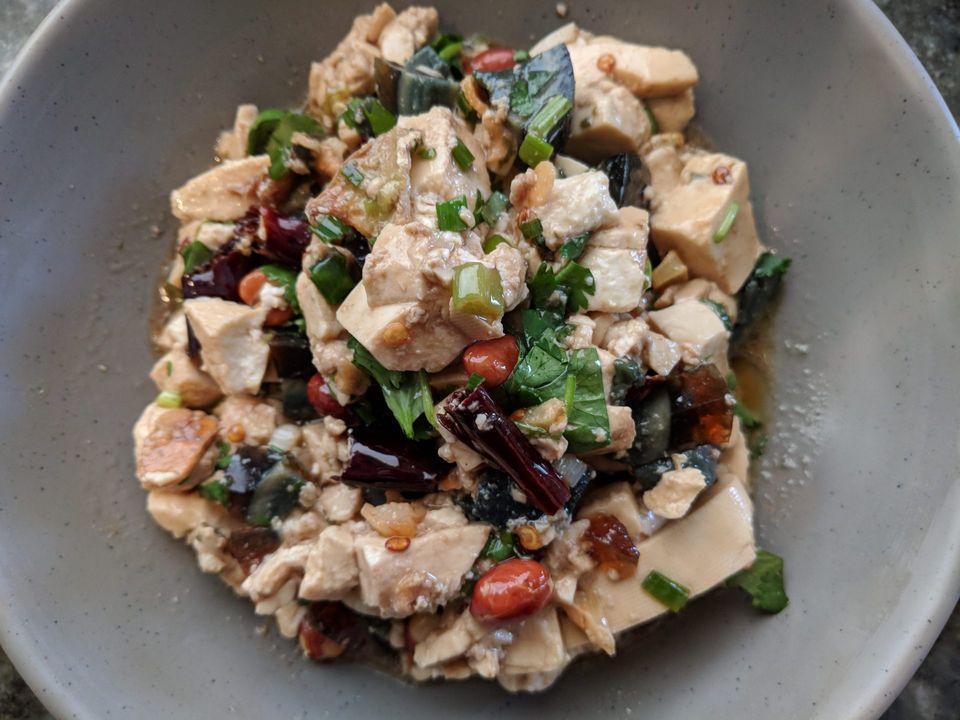
Just give me the recipe instead:
Hubei Style Century Egg With Tofu
Intro | Devil’s Eggs
Century eggs have kind of a bad rap outside Asia. I’m not saying that this is without merit — the appearance, texture, and aroma can be off-putting — but these greenish-black, gelatinous preserved eggs form the base of a range of comfort foods throughout China and southeast Asia. One and a half billion people can’t be wrong…. right?
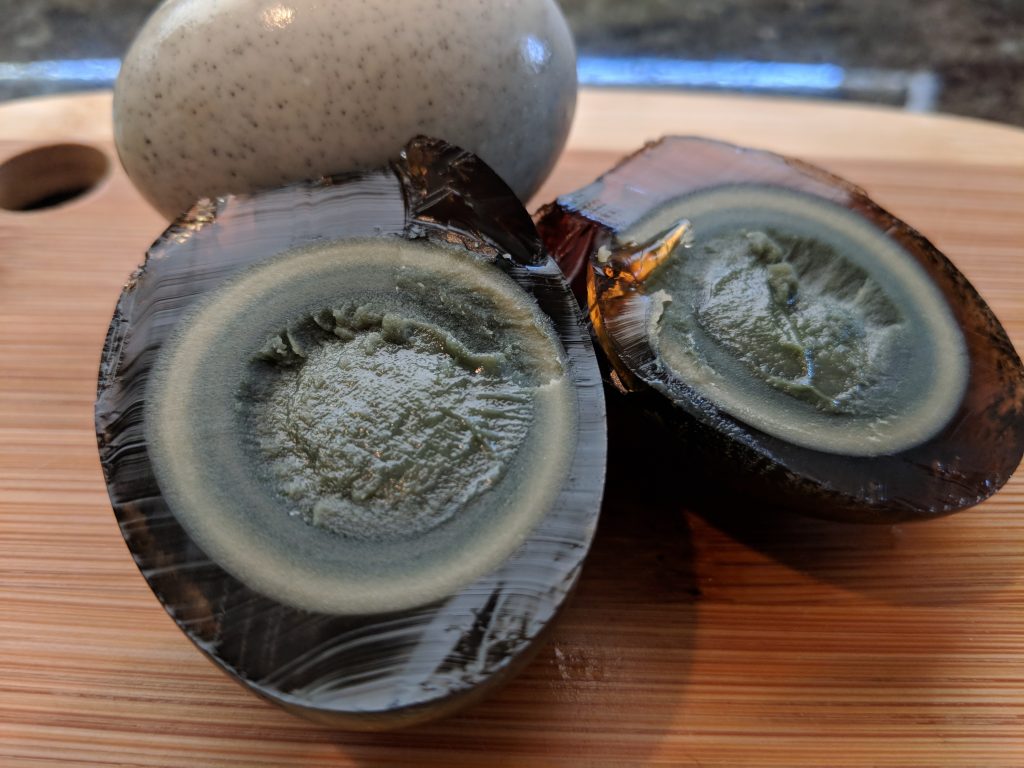
History | Ducks Are Incompetent
Traditional century eggs, or pi-dan — 皮蛋, literally “leather eggs,” a reference to the clay and rice husks they’re traditionally transported and sold in — are eggs soaked or coated in a powerfully alkaline mixture including tea, wood ash, lime, salt, and clay, and cured for anywhere from a few weeks to months.
Commercially available century eggs are made more efficiently, with soda ash, salt, and and quicklime. They only need to cure for a week or so and tend towards a milder flavor. They taste … well, kind of like concentrated egg yolks, occasionally with some of the funkiness you might associate with cheese. They also sometimes have an ammonia smell to them, which has earned them the nickname “horse piss eggs” in some places.
There are several origin stories of century eggs, none of them verifiable. Curiously, the one most commonly repeated on English websites is not one I’ve encountered on Chinese language sites.
The most commonly repeated theory I found among English language sources goes something like this:
Some time during the Ming Dynasty, between five and six hundred years ago, a farmer in central China’s Hunan province happened upon some duck eggs in a muddy pool of construction waste on his property.
After washing the caustic mud off of them, he opened one and was presented with a black, gelatinous, translucent mass with a faint smell of ammonia, rather like a whiff of horse piss rising off a cow pat. Naturally, as any reasonable person would, he ate it.
Soon after, having successfully cheated death, he started experimenting with ways to make them. Presumably he succeeded before his complete lack of survival instincts caught up with him, because century eggs are now firmly cemented in the culinary tradition of much of China and southeast Asia.
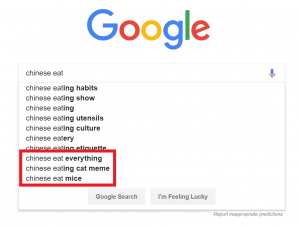
I’m not sure whether this story says more about our apocryphal farmer’s sense of adventure or the general desperation of the times in which he lived.
In either case, the “Asian peasant eats something he found in the garbage and likes it, and now they all do it on purpose” trope feels a little too smug for my taste; not to mention, the implied stereotype is something many of us have had to deal with, and it can get old pretty fast.
Meanwhile, the most commonly encountered legend among Chinese sources was basically:
A teahouse in Jiangsu province, near modern-day Shanghai, was doing a brisk business. Brisk enough that the owner frequently would just pour out old tea, along with the leaves, into the discarded ashes from their wood fires.
The resident ducks, raised by the owner for both eggs and meat, would lay eggs in these ashes. While the owner and staff would pick the eggs out every day, they’d occasionally miss some.
One day, an older egg was plucked from ashes, and discovered to have turned black and have a not-as-rotten-as-you-might-expect smell, so it was eaten with much surprise and enjoyment. Subsequent generations refined and improved on the recipe, etc etc.
This one rings a bit more true for me, as it involves tea (a traditional ingredient in the preparation of century eggs), and is corroborated more closely by the other legends around the discovery of these eggs.
Regardless of which origin story is the truth (perhaps neither), ever since the Ming dynasty this has been a popular method throughout China for preserving eggs. I know I’m not doing a great job selling this to you, but bear with me. I actually think they’re delicious, and you have to admit there’s something special about a food that someone essentially picked out of a pile of waste, and somehow over the following 500 years became a consistent part of the culinary traditions of a quarter of the world’s population.
Discovery | WuChang Flan
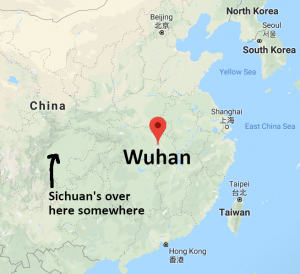 The first time I ate century eggs as an adult was in Wuchang, the older district of Hubei province’s capital city, Wuhan. I was being taken out to lunch by some new friends for a round of “let’s see what we can make this guy eat,” one of China’s most treasured pastimes.
The first time I ate century eggs as an adult was in Wuchang, the older district of Hubei province’s capital city, Wuhan. I was being taken out to lunch by some new friends for a round of “let’s see what we can make this guy eat,” one of China’s most treasured pastimes.
Midway through a plate of braised pig’s feet and duck necks, I saw our next dish wobbling towards us. Roughly chopped century eggs, piled high over a block of silken tofu, glistened in the dim light. Dripping through it was a garlic, soy, and black vinegar dressing. The dressing had stained the tofu a caramel color, giving it the look of a flan topped with, well… black eggs, I guess.
My companions assured me this was “good with beer,” an endorsement that I was starting to realize applied to pretty much anything they ate. Nevertheless, I tucked in as they watched.
There is something about this dish that hits all the right notes for me. You get an immediate kick from the acidic dressing, which quickly melts into the grassy freshness of the tofu. Then you come up against the yielding snap of the jellied egg white, and finally the creamy fat of the yolk binds everything together. The progression of textures is like a trifle, but the flavors are like nothing else I’ve had before or since.
And yeah, it actually is amazing with beer.
Hubei’s capital city of Wuhan straddles the banks of the Yangtze river midway between Sichuan and Shanghai, just a short hop north from Hunan province. These regions are home to three of the 8 modern cuisines of China (or two of the 4 “Great cuisines” of China, for you traditionalists), and Hubei’s food borrows liberally from all of them.
Any dish from Wuhan might have a touch of sugar and vinegar from Shanghai’s famously sweet pantry, a splash of numbing peppercorns and heat from Sichuan, or a selection of the pickled vegetables, salted and smoked proteins, and brutally hot chilies from Hunan. It’s a mongrel menu, and as a (cultural) mongrel myself, I suppose it speaks to me.
Naturally, over the course of the last five hundred years, Hubei has also figured out its own spin on century eggs. And it’s fantastic.
Different regions prefer century eggs prepared differently. You’d think there are only so many ways you can eat black egg-flavored Jell-O, but just off the top of my head, I’ve encountered them:
- Eaten whole while dramatically gagging at a camera
- To be fair, I’ve only ever seen this done by Youtubers
- In a cold tofu salad
- This is one of my two favorite preparations
- Chopped and mixed with scrambled eggs, or on top of an omelette
- Stewed in congee (rice pudding), usually with pork
- This is the other one. I’ll show you guys how to do it some time. It’s… really easy
- Sliced and wrapped in tender pickled ginger
- Wrapped in puff pastry
- Mashed into steamed eggplants
- Sliced on a plate with… nothing
I’ve tried most of the above, but I keep going back to that plate I had in Wuhan, and trying to iterate on it.
Along the way I’ve made some changes, and I’ve ended up with two versions which I think are pretty good. The flavors are exactly the same, but one version can be made to look fancier, and will be more palatable for people who have trouble with gelatinous textures.
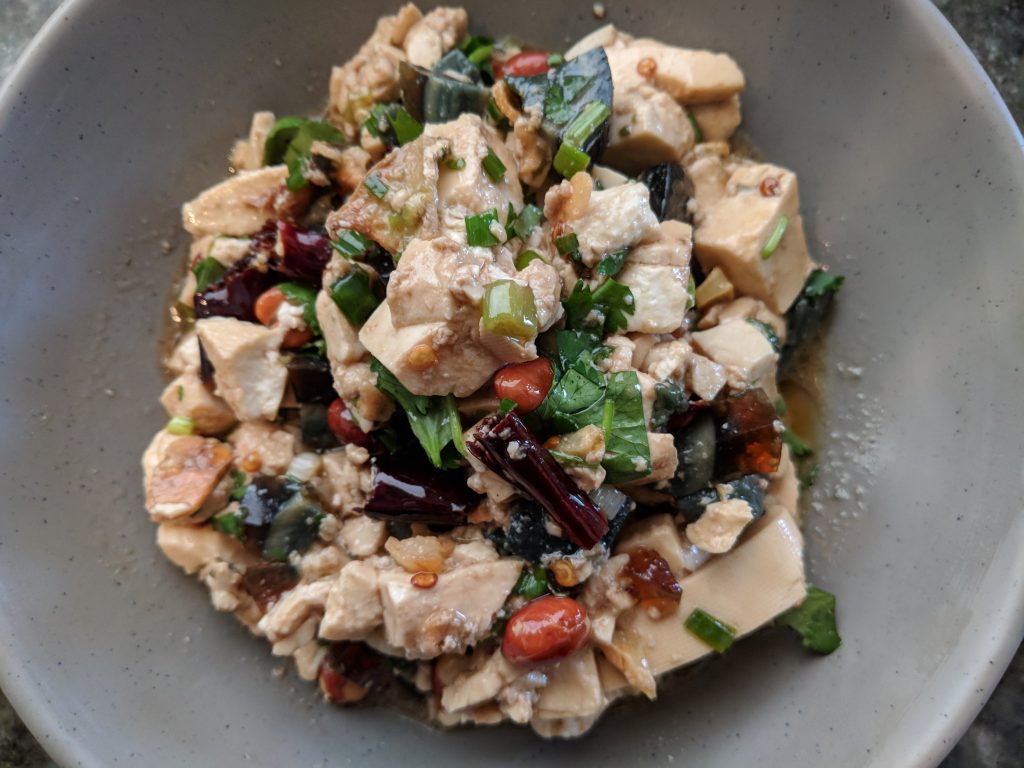
Comments ()